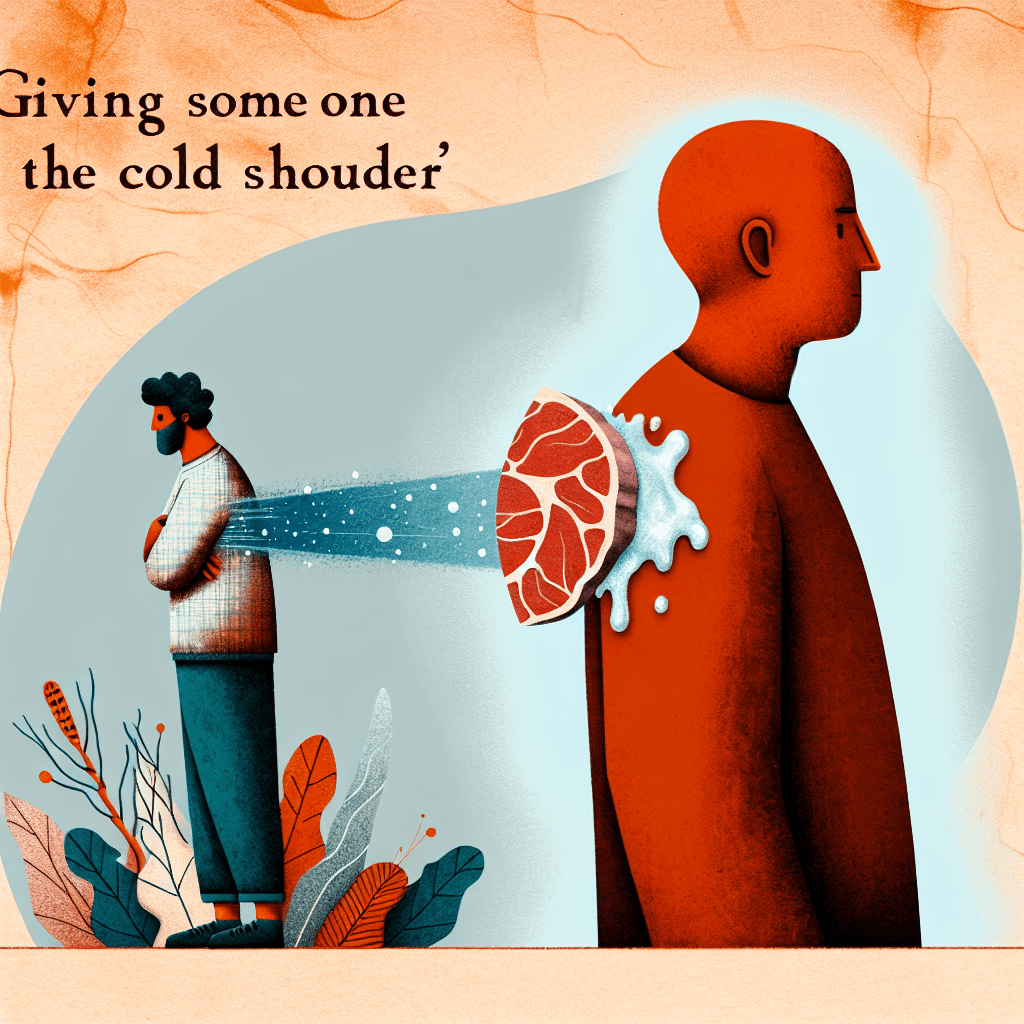Why was a rooster once put on trial for the crime of laying an egg
In 1474, a rooster was put on trial for committing a biologically impossible crime; the verdict depended not on the rooster, but on the legendary monster said to hatch from its unholy egg.


Too Long; Didn't Read
In 1474, a rooster was tried and executed for laying an egg due to a widespread superstition that a rooster's egg was unnatural and would hatch a basilisk, a mythical serpent that could kill with its gaze.
The Bizarre Case of the Basel Rooster: Why Was a Rooster Once Put on Trial for Laying an Egg?
Picture a courtroom in 15th-century Europe. The prosecution lays out its case, witnesses are called, and a defense lawyer passionately argues for his client's innocence. The accused stands before the judge, charged with a heinous and unnatural crime. The defendant? A rooster. This isn't a flight of fancy; it's a documented historical event from Basel, Switzerland, in 1474. The baffling charge was that the rooster had laid an egg. This seemingly absurd trial offers a fascinating window into the medieval mind, where law, folklore, and religious belief were inextricably linked. This post will delve into the strange but true story of the Rooster of Basel to understand why an animal would face a capital charge for such a crime.
The Case of the Rooster of Basel (1474)
In the summer of 1474, the citizens of Basel were thrown into a panic. A local cockerel had reportedly done the unthinkable: it had laid an egg. In an era where the natural order was seen as a direct reflection of divine will, such an event was not merely a biological anomaly; it was a crime against God and nature.
The authorities took the matter with the utmost seriousness. The rooster was arrested and subjected to a formal trial. In keeping with the legal customs of the time for both human and non-human defendants, the bird was even assigned a lawyer to argue its case. Despite the defense attorney's efforts, the prosecution successfully argued that the rooster’s act was a grave threat to the town. The rooster was found guilty of this diabolical crime, sentenced to death, and publicly burned at the stake along with its unnatural egg.
An Unnatural Egg: The Fear of the Cockatrice
To a modern audience, the trial is nonsensical. Why would a community go to such extreme lengths? The answer lies not in biology, but in mythology and superstition. The fear was not about the egg itself, but about what it was believed to contain.
Medieval folklore was haunted by the legend of the Cockatrice, also known as a Basilisk. This terrifying mythical beast was said to have the body of a dragon or serpent, the head of a rooster, and a deadly gaze that could kill with a single glance. According to widely held beliefs, this creature of pure evil was hatched from a rooster’s egg, incubated by a toad or a serpent.
The rooster's egg, therefore, was seen as a demonic vessel—the potential source of a monster capable of wiping out entire communities. By laying it, the rooster was considered an instrument of Satan. The trial and execution were not simply about punishing a freak of nature; they were a desperate attempt to:
- Prevent a Catastrophe: Destroying the egg and its parent was seen as the only way to prevent the birth of a Cockatrice.
- Restore Divine Order: The act was a ritualistic cleansing, a way for the community to purge itself of a satanic influence and reaffirm its piety.
- Set a Precedent: The public execution served as a powerful warning against all things deemed "unnatural."
When Animals Faced Justice
The Rooster of Basel was far from an isolated case. Between the 13th and 18th centuries, animal trials, known as zoological jurisprudence, were surprisingly common across Europe. Historical records detail hundreds of cases where animals were formally prosecuted in both secular and ecclesiastical courts.
Pigs were frequently tried for injuring or killing children, insects like weevils were excommunicated for destroying crops, and dolphins were even sued for damaging fishermen's nets. These trials followed established legal procedures, complete with lawyers, sworn testimony, and formal sentencing. This legal framework was built on the theological belief that animals, as part of God's creation, possessed a degree of moral agency. They could be held accountable for their actions and, more importantly, could be co-opted by demonic forces to wreak havoc on the human world.
Conclusion
The trial of the Rooster of Basel was not a moment of collective madness but the logical outcome of a specific worldview. It was a product of a society where superstitious fear of mythical beasts like the cockatrice was very real, and where the legal system extended its reach to all of God’s creatures. By prosecuting and executing the rooster, the people of Basel believed they were protecting themselves from a demonic threat and restoring the natural, God-given order of the world. This bizarre historical footnote serves as a powerful reminder of how profoundly our understanding of justice, nature, and reality itself is shaped by the beliefs we hold.


